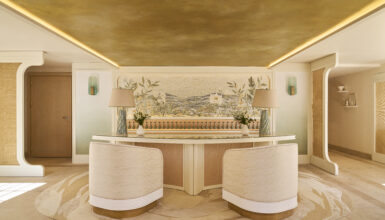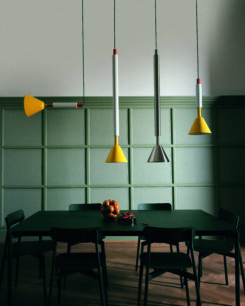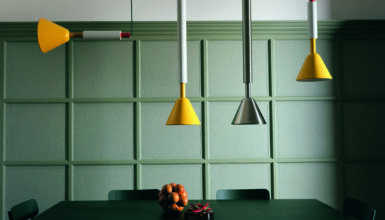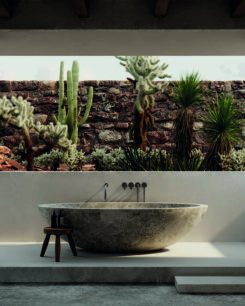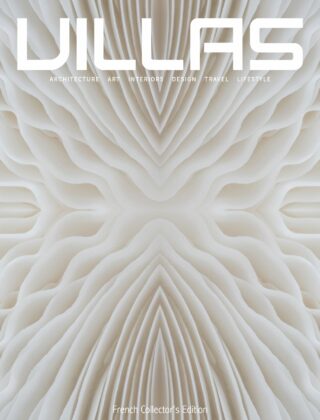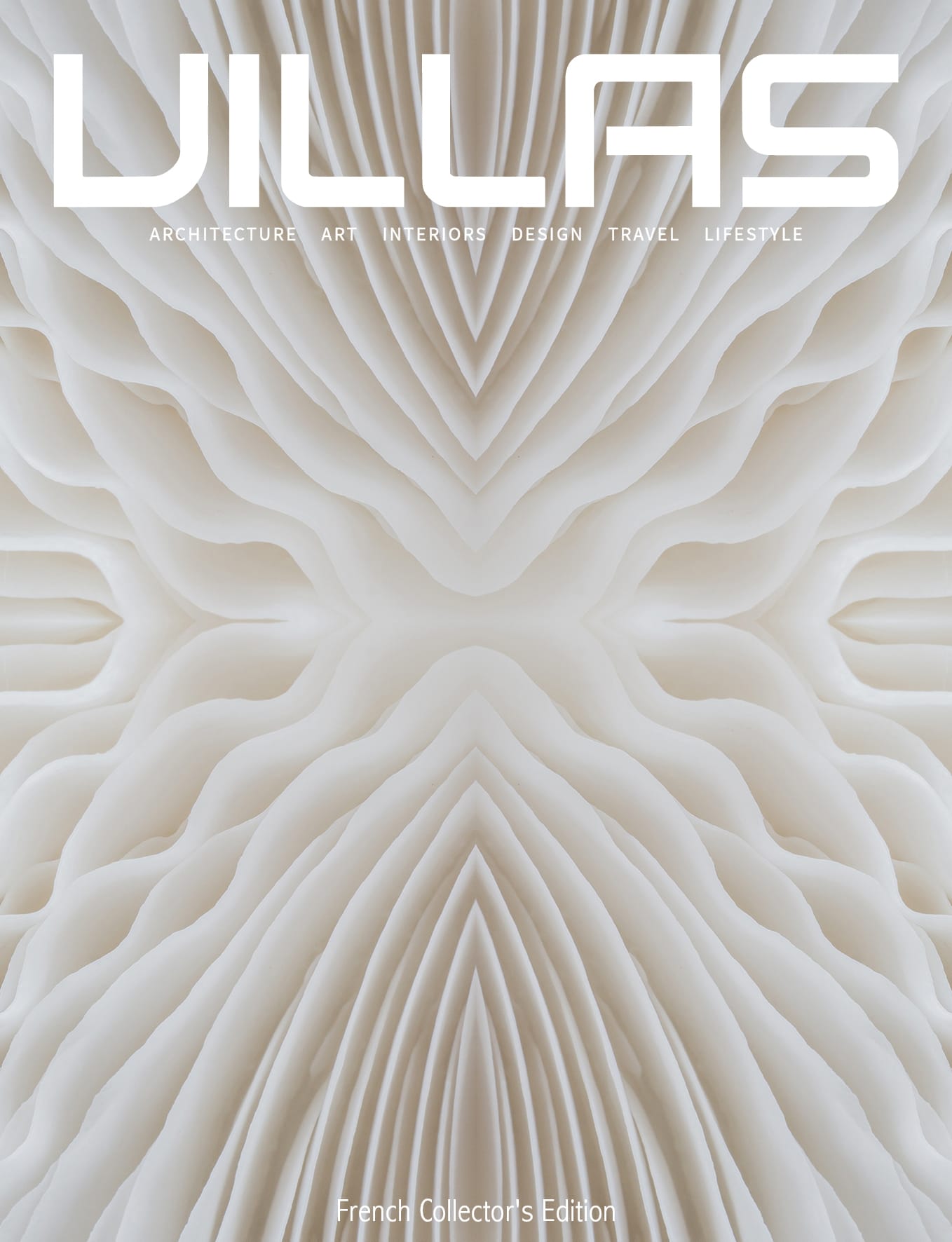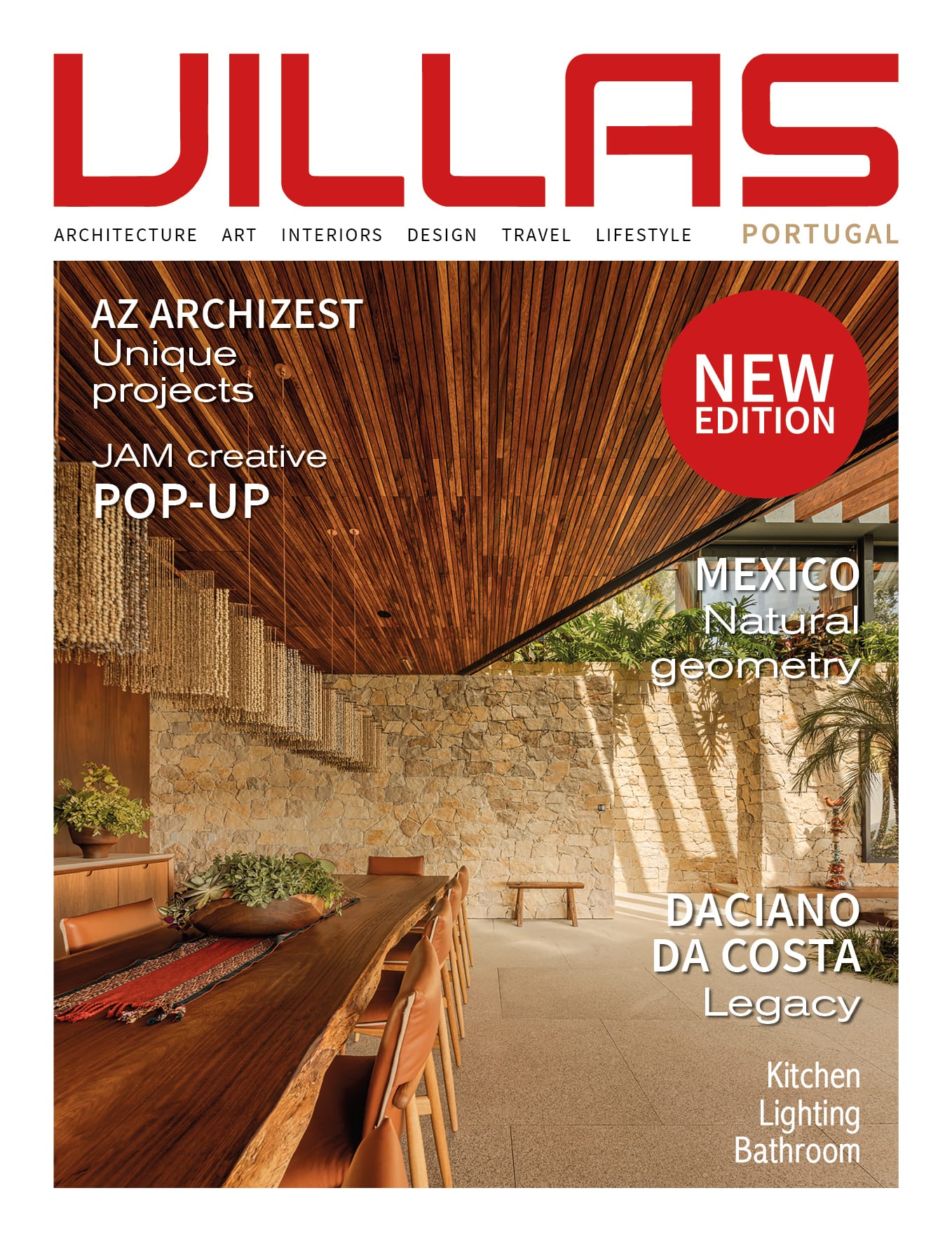Sommaire
Zen inspiration
The Japanese style is all about absolute refinement, noble materials and pure lines. It draws its influence and inspiration from the fundamentals of the Japanese art of living to give our bathrooms the comfort we all deserve, tinged with a gentle rigour. Natural wood, ceramic, bamboo and washi paper are some of its hallmark elements. Kokedama and ikebana (the ancestral art of floral arrangement) bring nature from the outside to the inside. As for the baths themselves, they are smaller, often in the form of a free-standing bathtub, and take pride of place in the middle of the room. Japanese panels and partitions can be adopted as highly aesthetic and very easy-to-install options to separate two rooms.
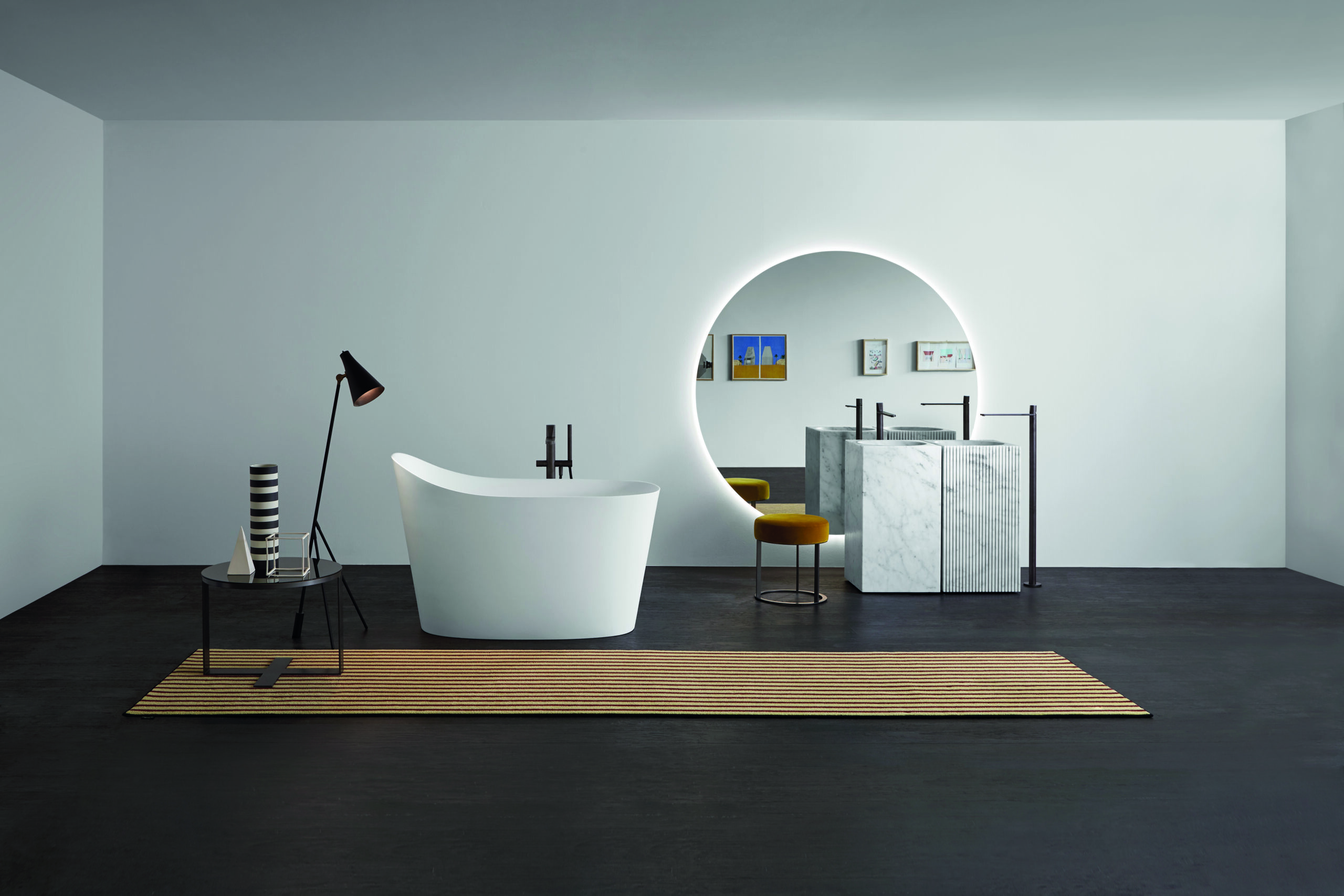
Antonio Lupi | Mastello
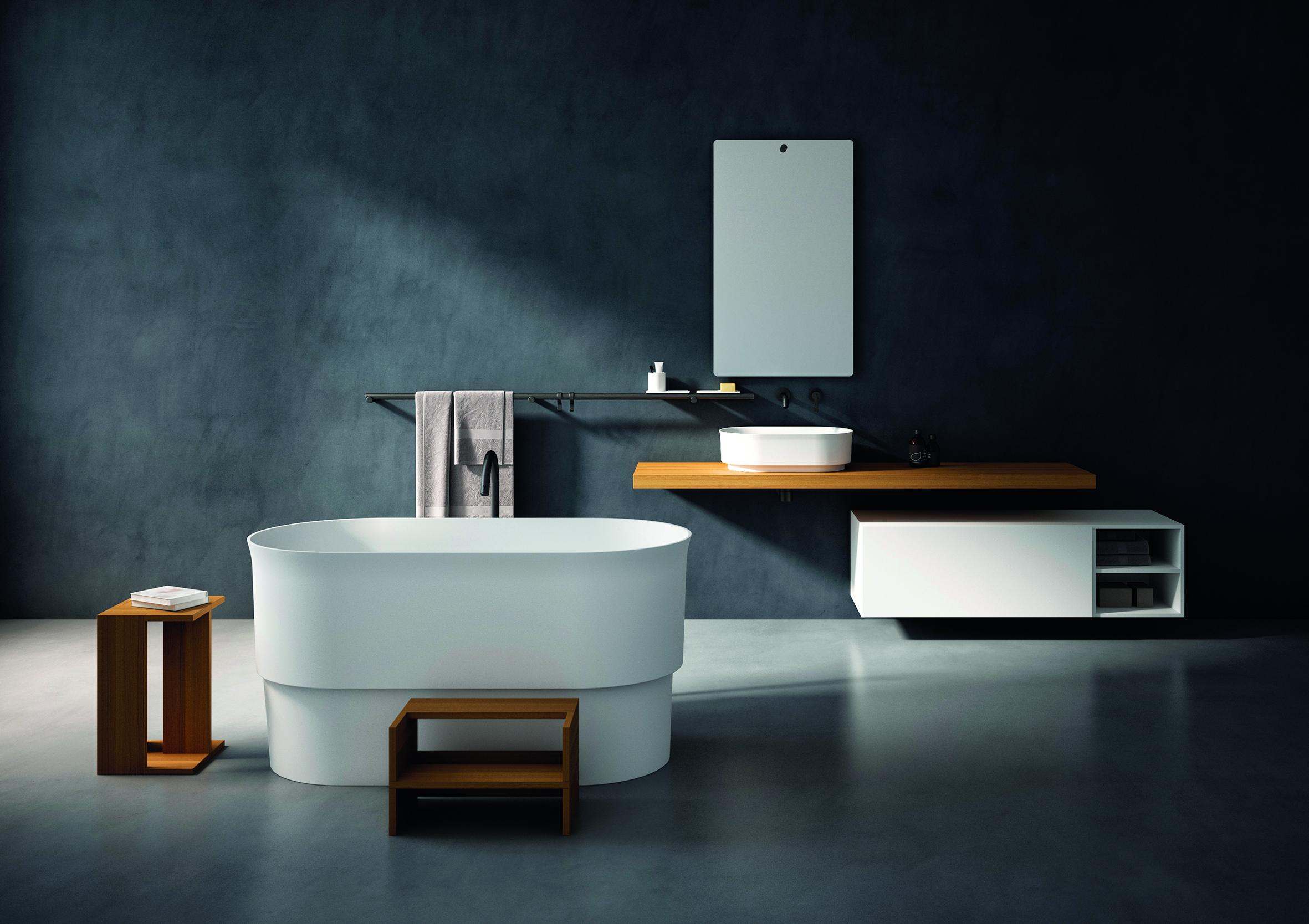
Agape | Immersion Freestanding Bathtub (Design by Neri and Hu)
Minimalism, ecology, technology: this is the DNA of our modern bathrooms. Not forgetting the touch of glamour offered by a free standing bathtub installed independently in the middle of the room (rather than against the wall). To turn it into a decorative object in its own right, opt for an island or central bathtub to bestow a certain style and character on the whole bathroom. This type of bathtub confers an elegant touch, ranging from the dashingly modernist to the fashionably vintage when it stands on feet. They come in a variety of styles, but all help create a unique experience and time out for the body and soul. This new ‘bathing culture’ – in an atmosphere conceived to relax or reinvigorate the body – is no longer just about cleanliness and intimacy, but about well-being, health, design and technology.
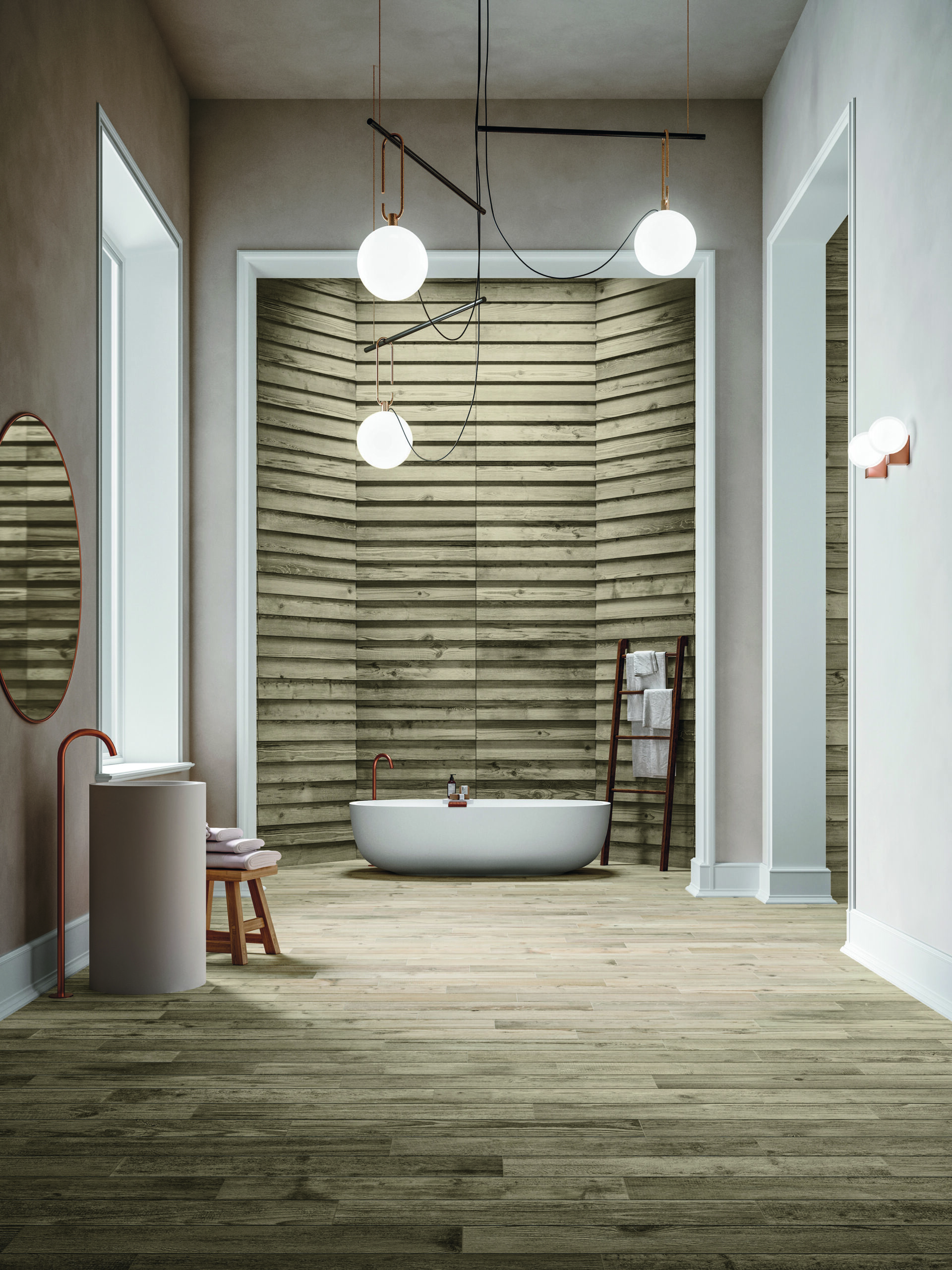
Ceramiche Refin | Cortina Natural Collection
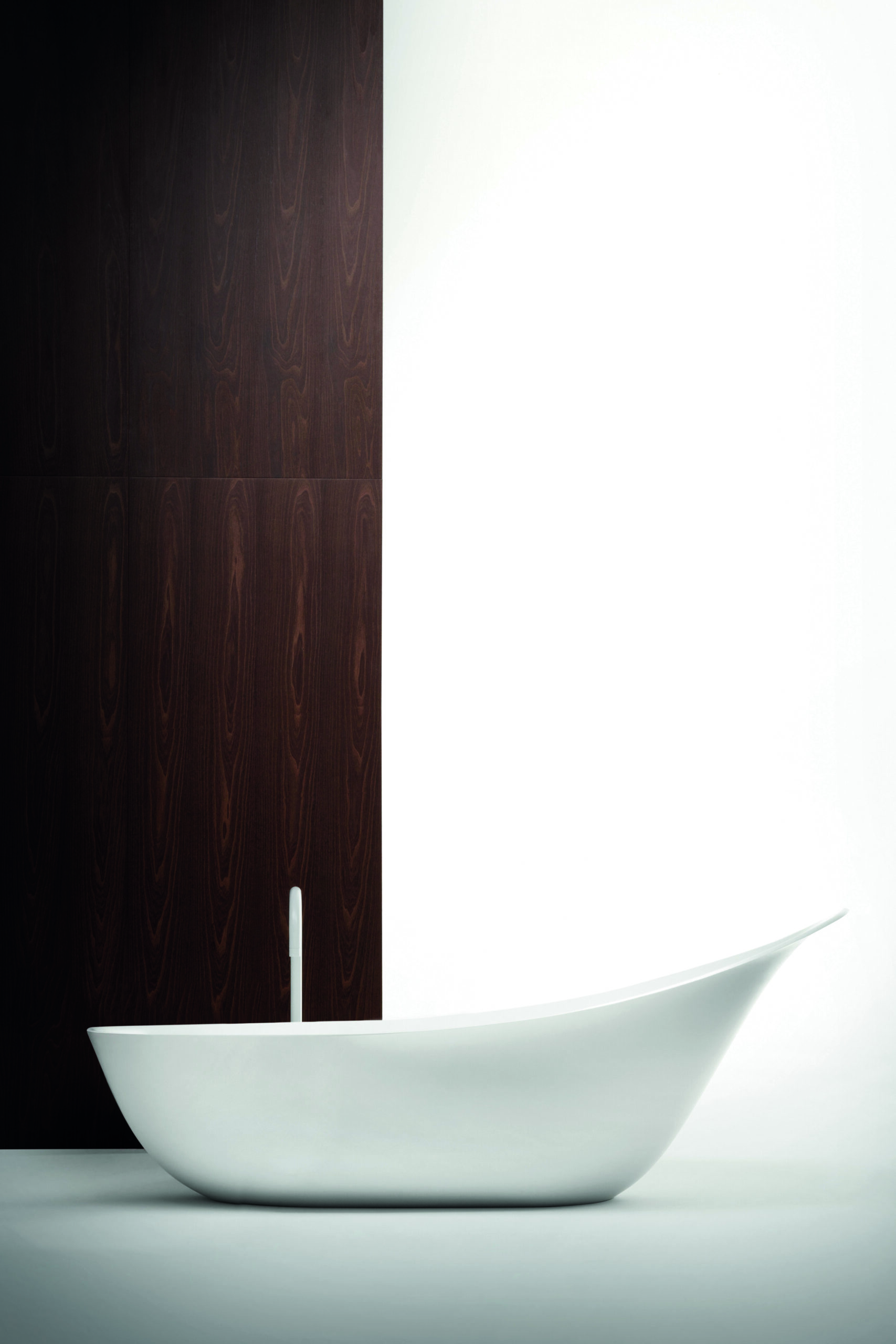
Falper | Cristalplant Bio Active, Lancetta
The bathroom is an ideal ‘playground’ for architects and lovers of beautiful materials to explore and display their creative talents. Wood? Ceramic? Natural or synthetic stone? From the most traditional to the most innovative approaches, this room lends itself to all kinds of experiments. Whether studiously natural or intricately sophisticated, each material reveals its qualities, both practical and aesthetic.
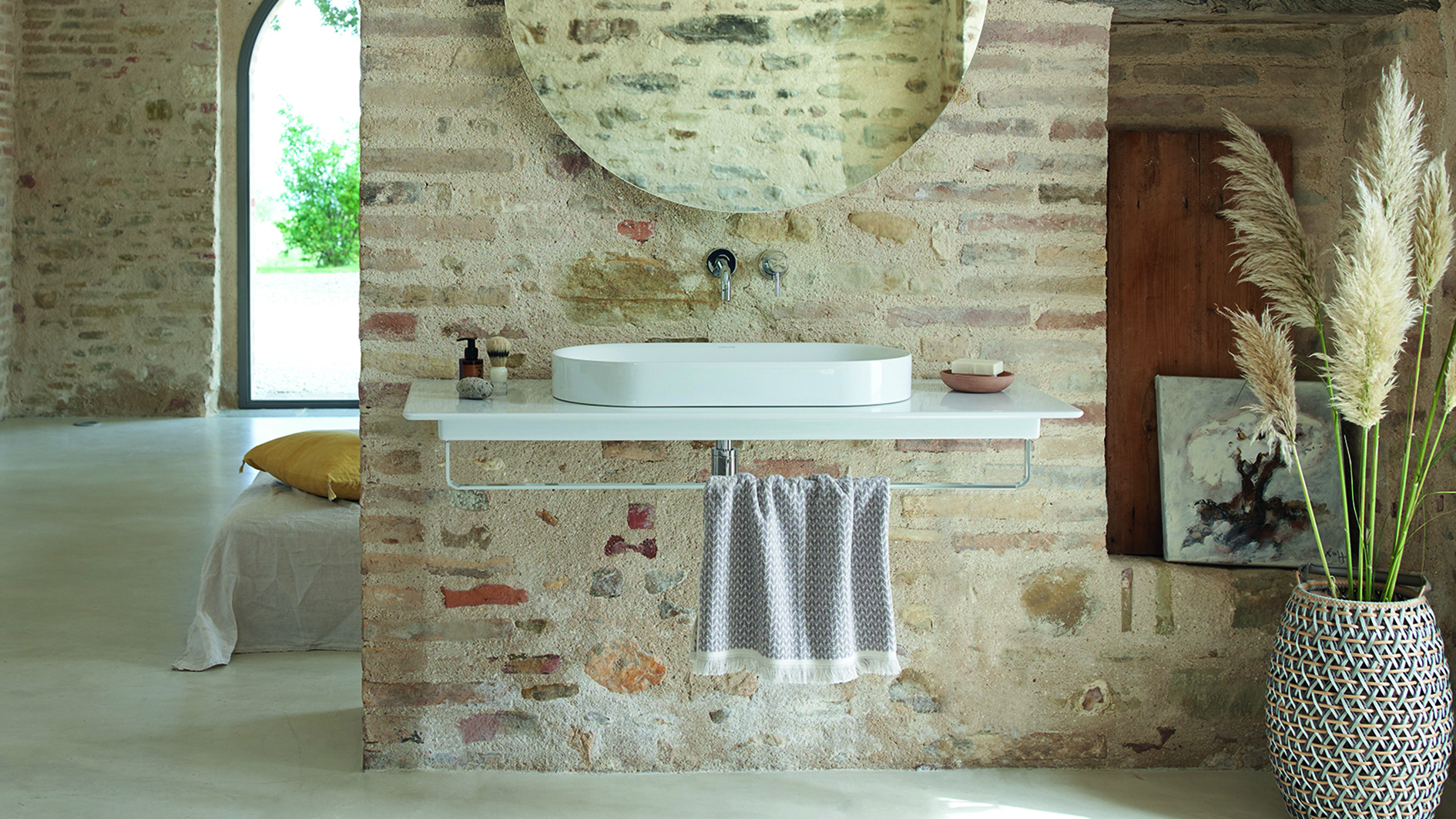
Desco | Lavabo Catalano Horizon
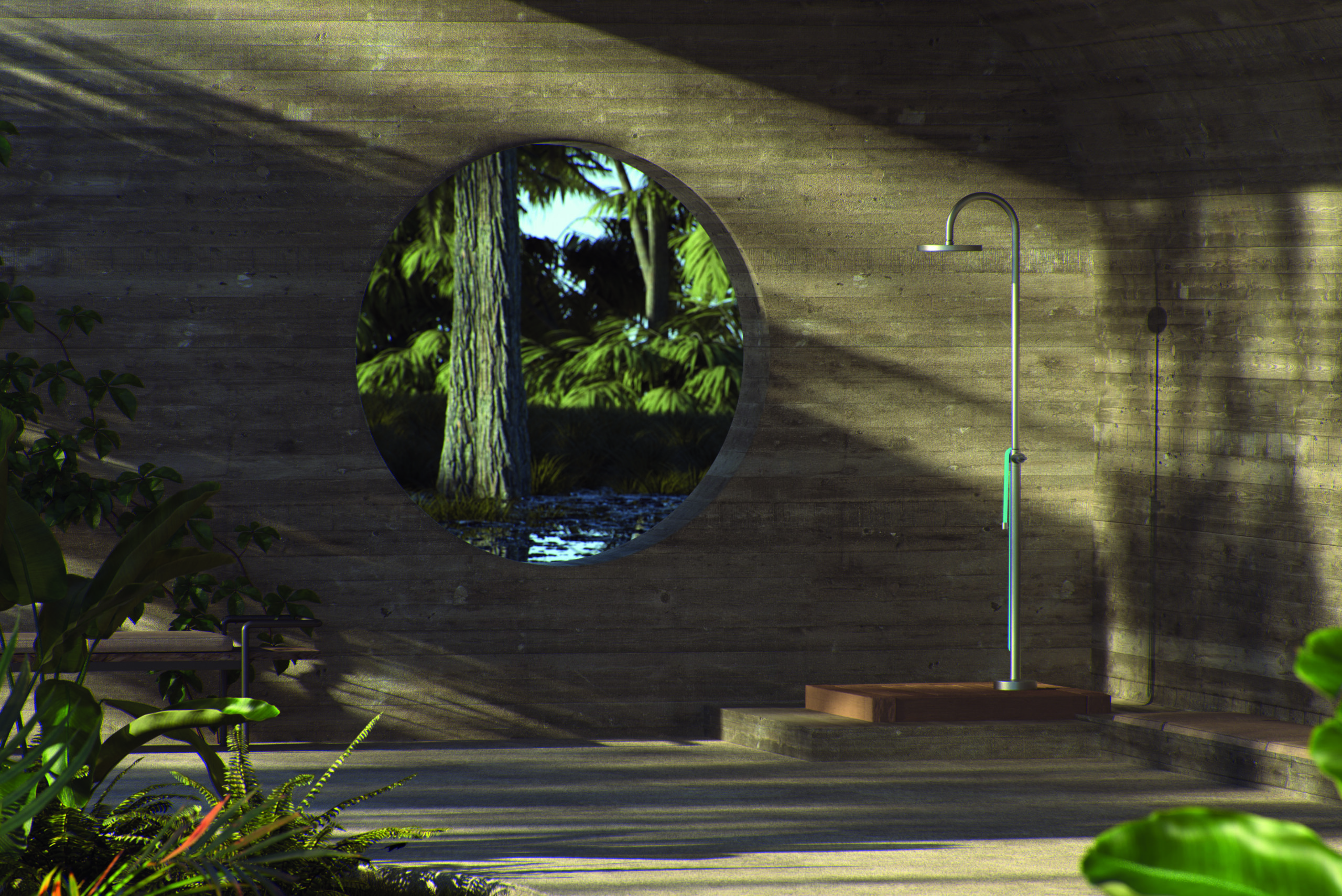
Kos | Outdoor Shower
Marble, marble and more marble
Why is this natural material proving so popular in our bathrooms? It is truly ubiquitous: on the floor, on the walls, in the form of tiles or flat surfaces, serving as a shower tray, a basin or a vanity counter top around the sinks… In the past, marble was synonymous with luxury, but today there is no need to spend huge sums of money to get the look! Naturally chic, it adds a dash of elegance and nobility to any room in the house. After all, as a metamorphic rock used for thousands of years, it certainly has breeding. Each fragment is unique, which makes it a timeless material. It can be adopted in small touches or used for a bold total-look. Its multiple shades and subtle nuances make it the go-to material for architects who like nothing better than to play with the veins with an “open book” installation method for example. White marble with grey, green and/or black veins guarantees a modern look, but to lend the room even more character, give in to the temptation of dramatic black marble.
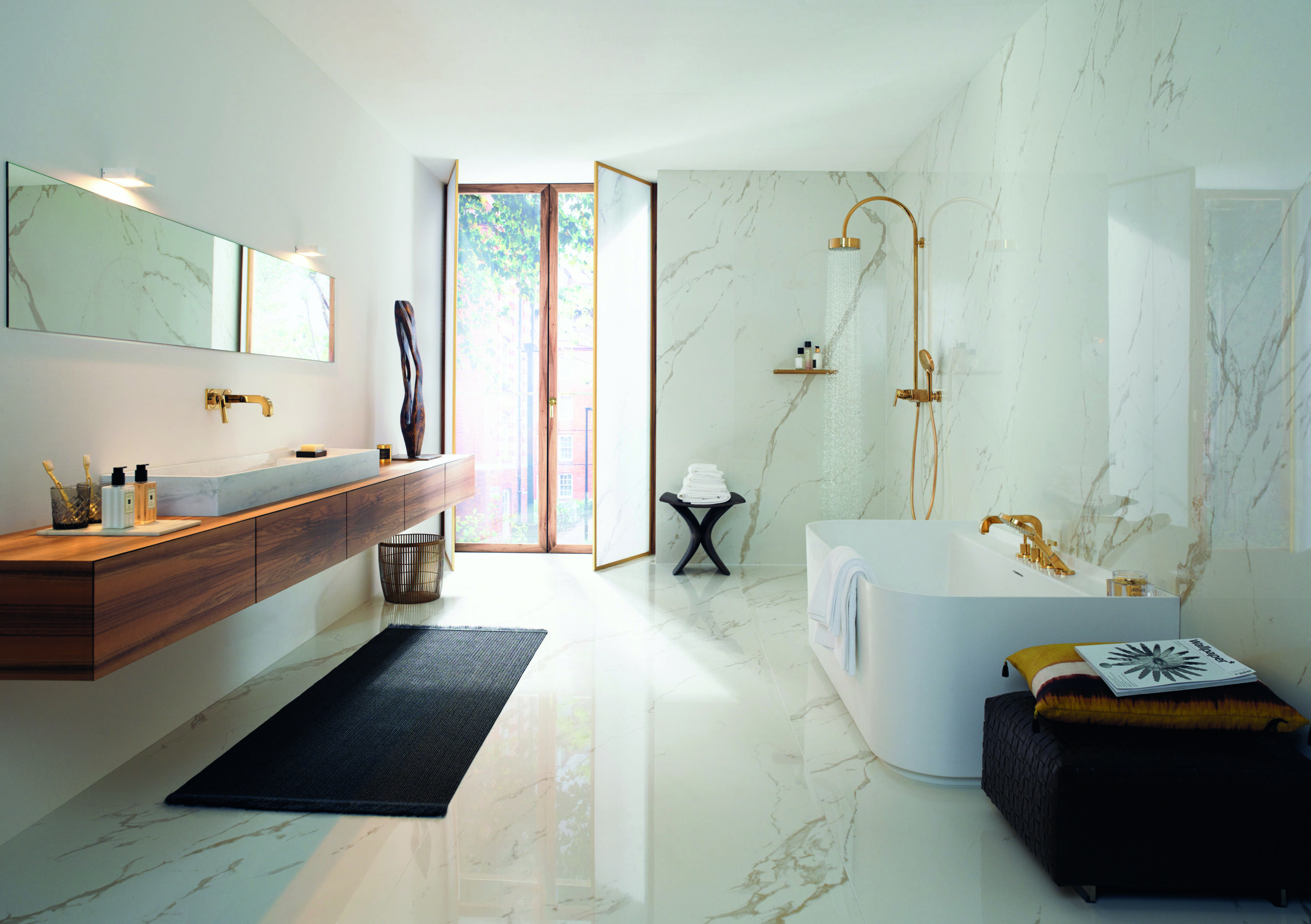
Axor | Citterio Aqua Days
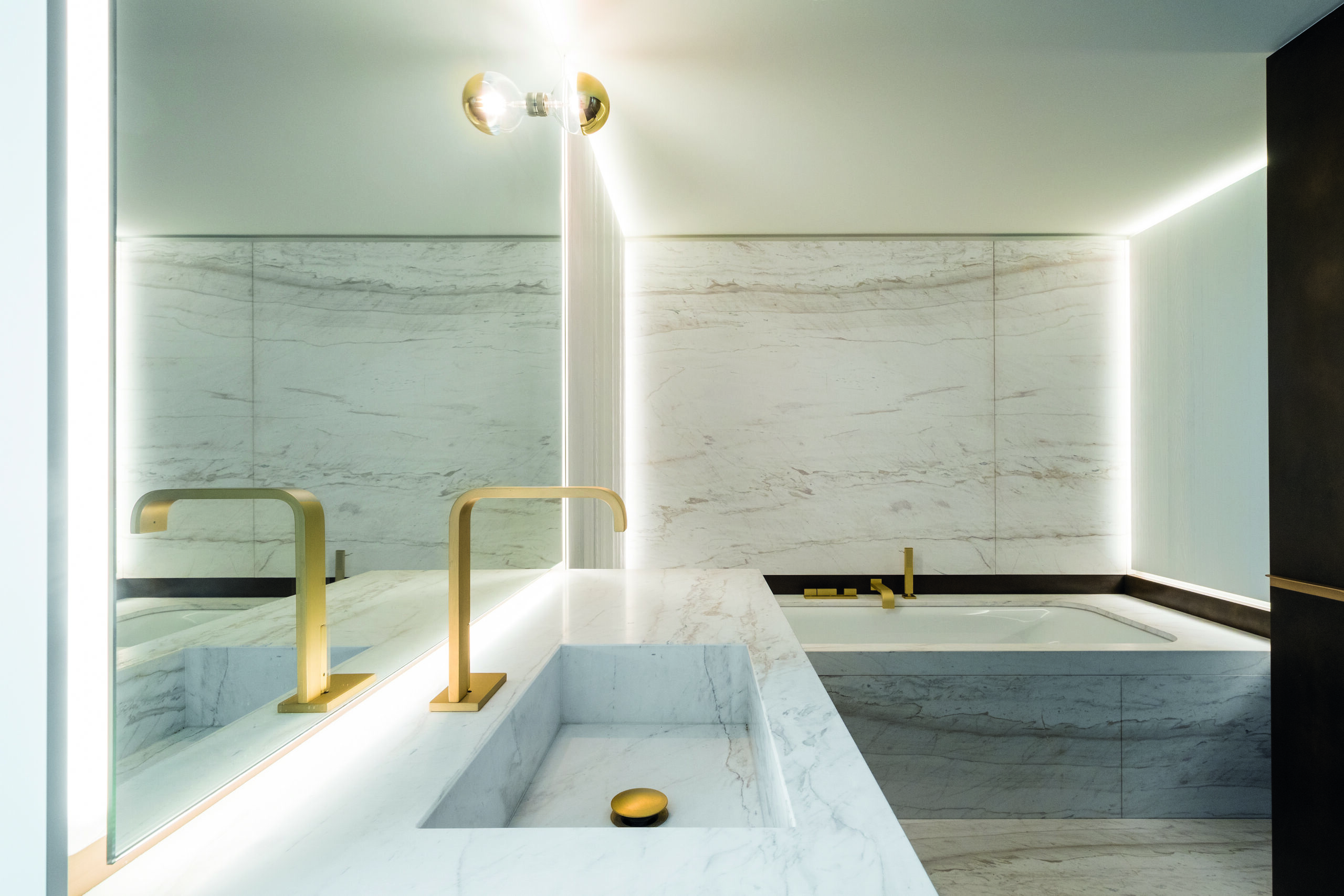
RVB Collection | Fittings Andrew
Well-designed furniture
From appliances and accoutrements used for our daily hygiene or wellness rituals to our collection of fluffy towels: in the bathroom we have a wide variety of objects and accessories that need to be stored without taking up too much space, while still being within easy reach. That is why bathroom furniture – mirror cabinets, vanity units, shelving units… – plays such an essential role. It is always preferable to opt for well-made furniture that combines a functional and accessible design with a unique look and feel.
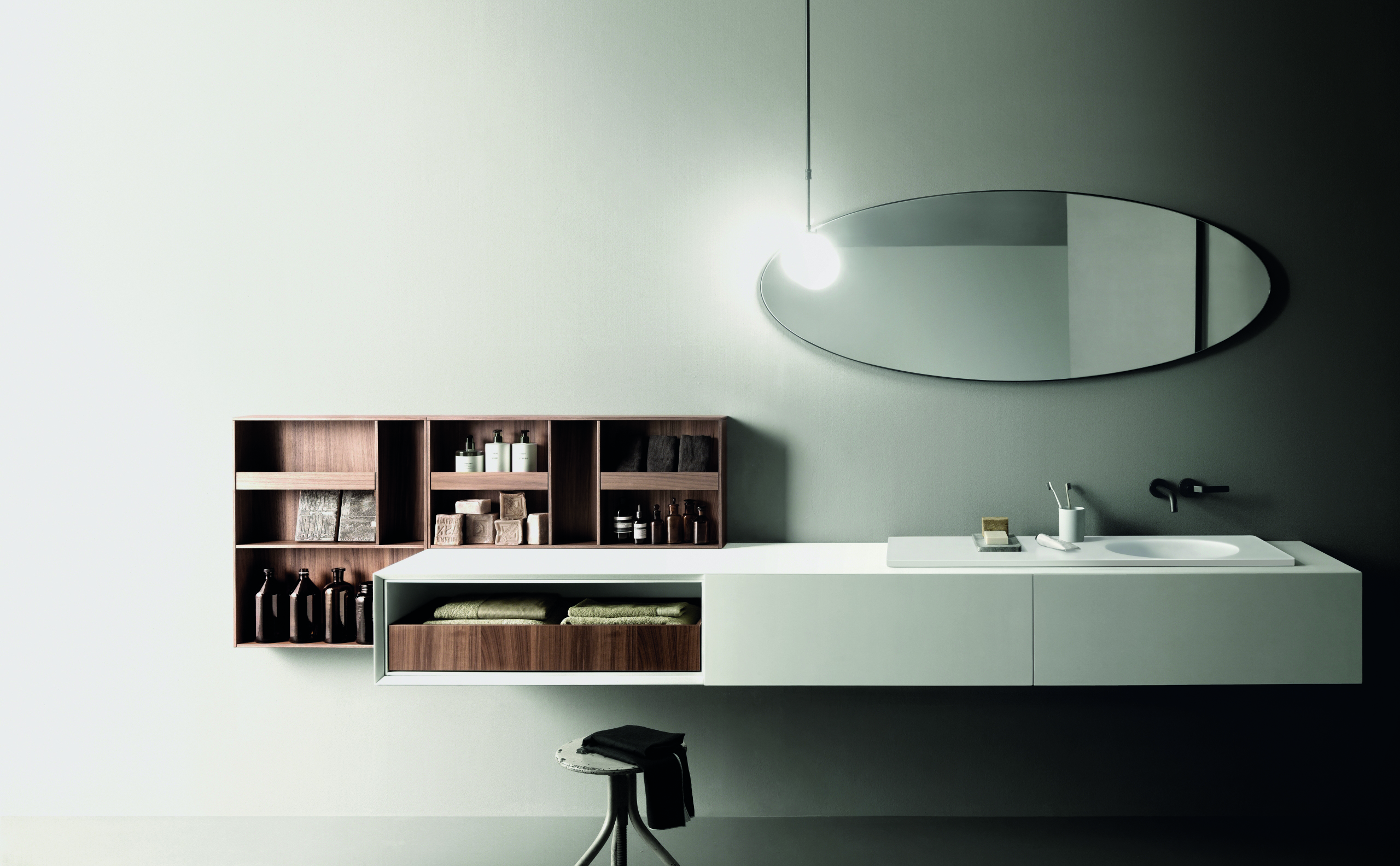
Boffi | Upper Units
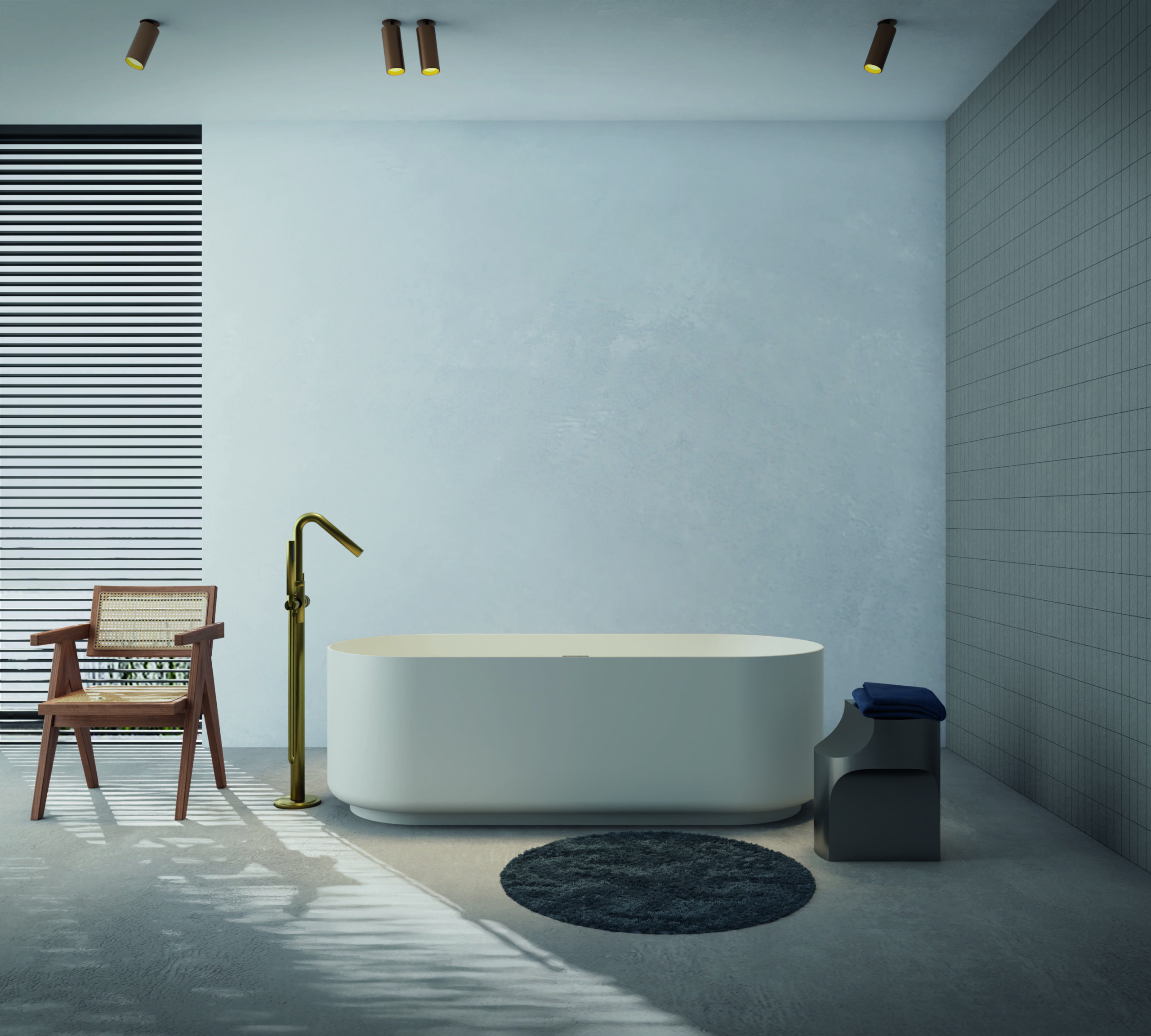
X2o | Balmani Scala solid surface
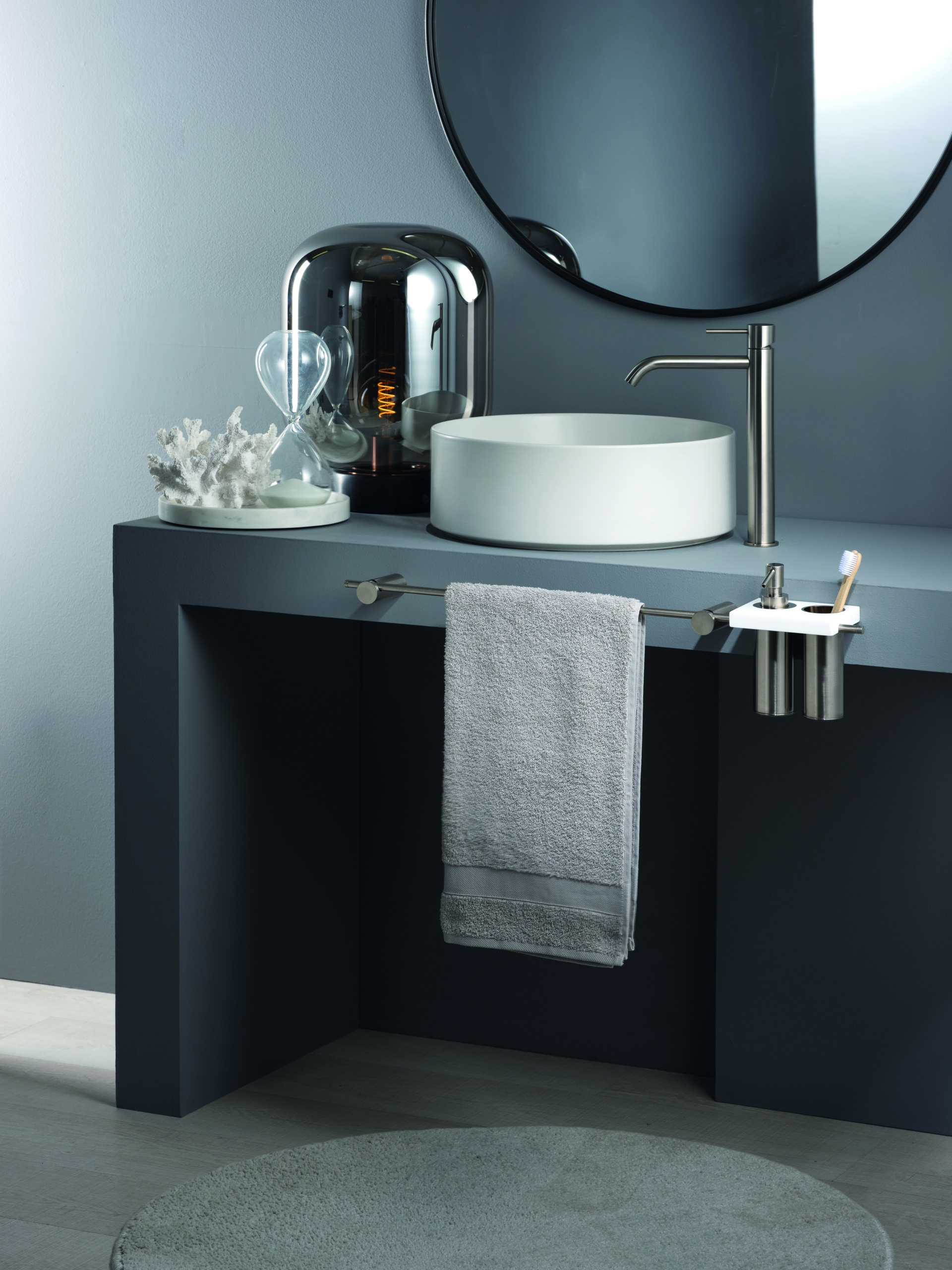
Ritmonio | Collection Diametro 35
Soft, subtle colours
A bright, spacious space with a neutral colour palette is the starting point for any bathroom. But what about colour? Why not, but in subtle shades or impressionistic touches, with white remaining the dominant colour. From beige to grey, camel to taupe, ochre to light brown, all the natural shades are interchangeable to create a tranquil and peaceful atmosphere, conducive to rest and relaxation. Aquatic blue-greens are another obvious choice, a range of colours that have long since been and will stay bathroom staples.
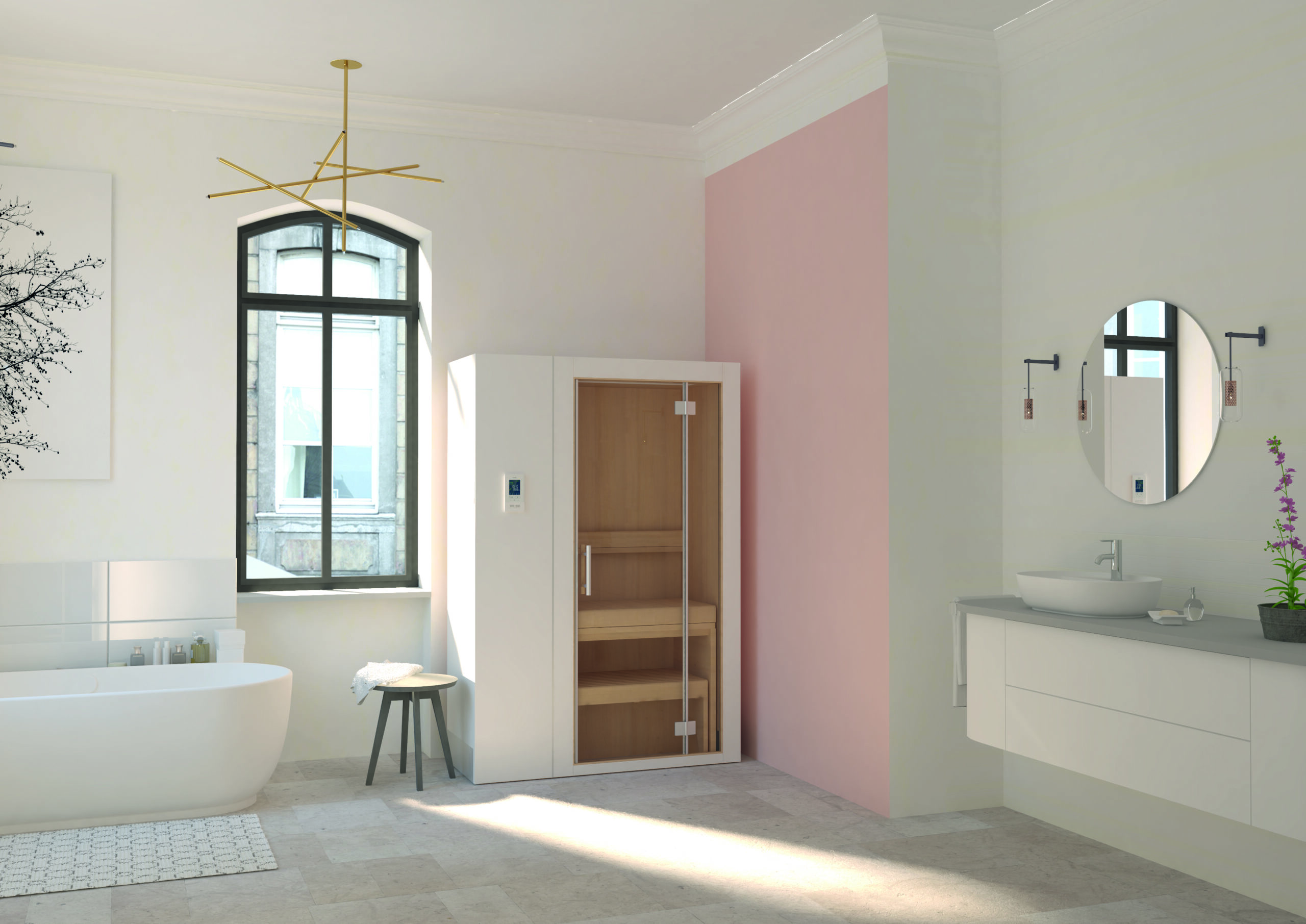
Gervi | Home Wellness
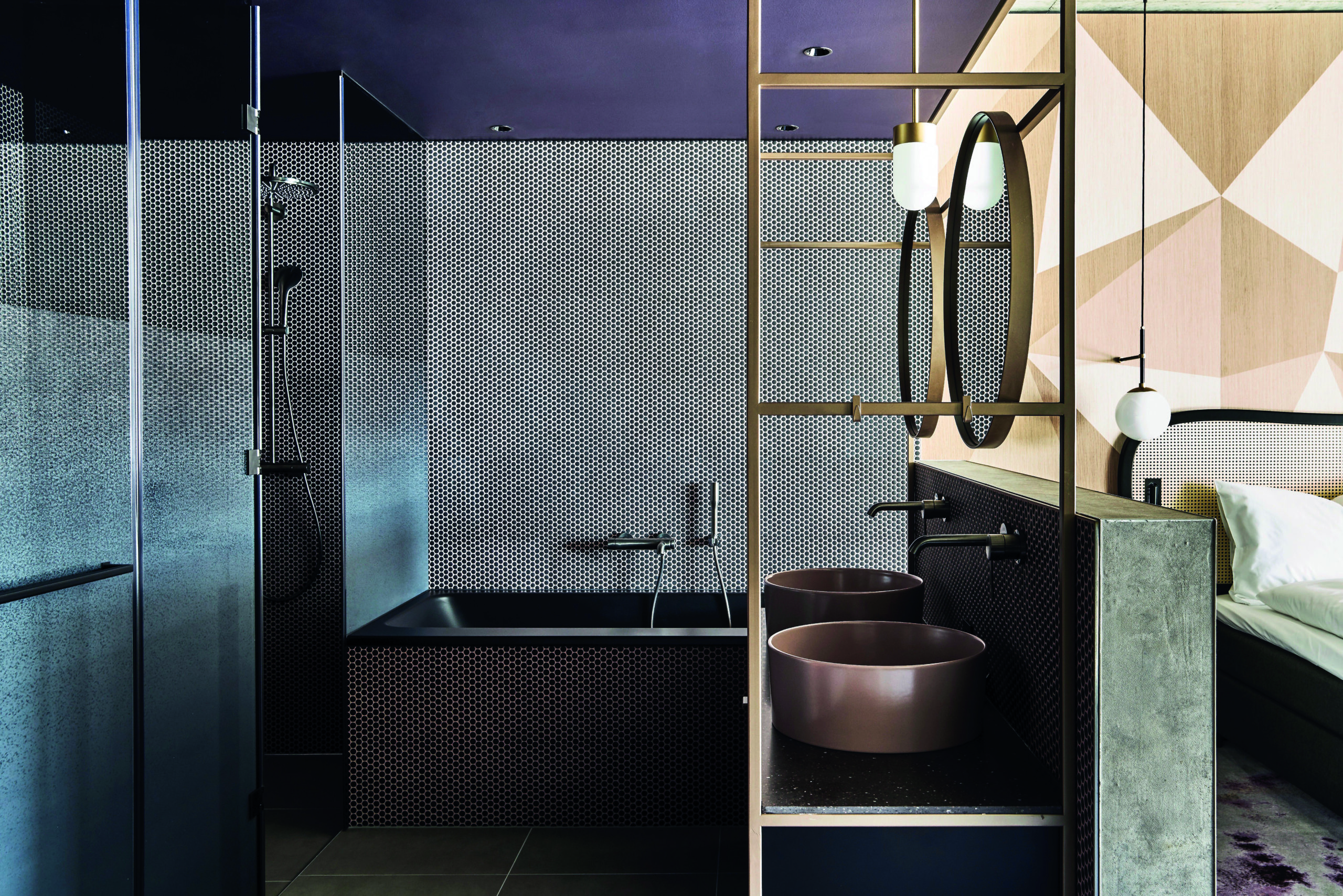
Grohe | Robinetterie
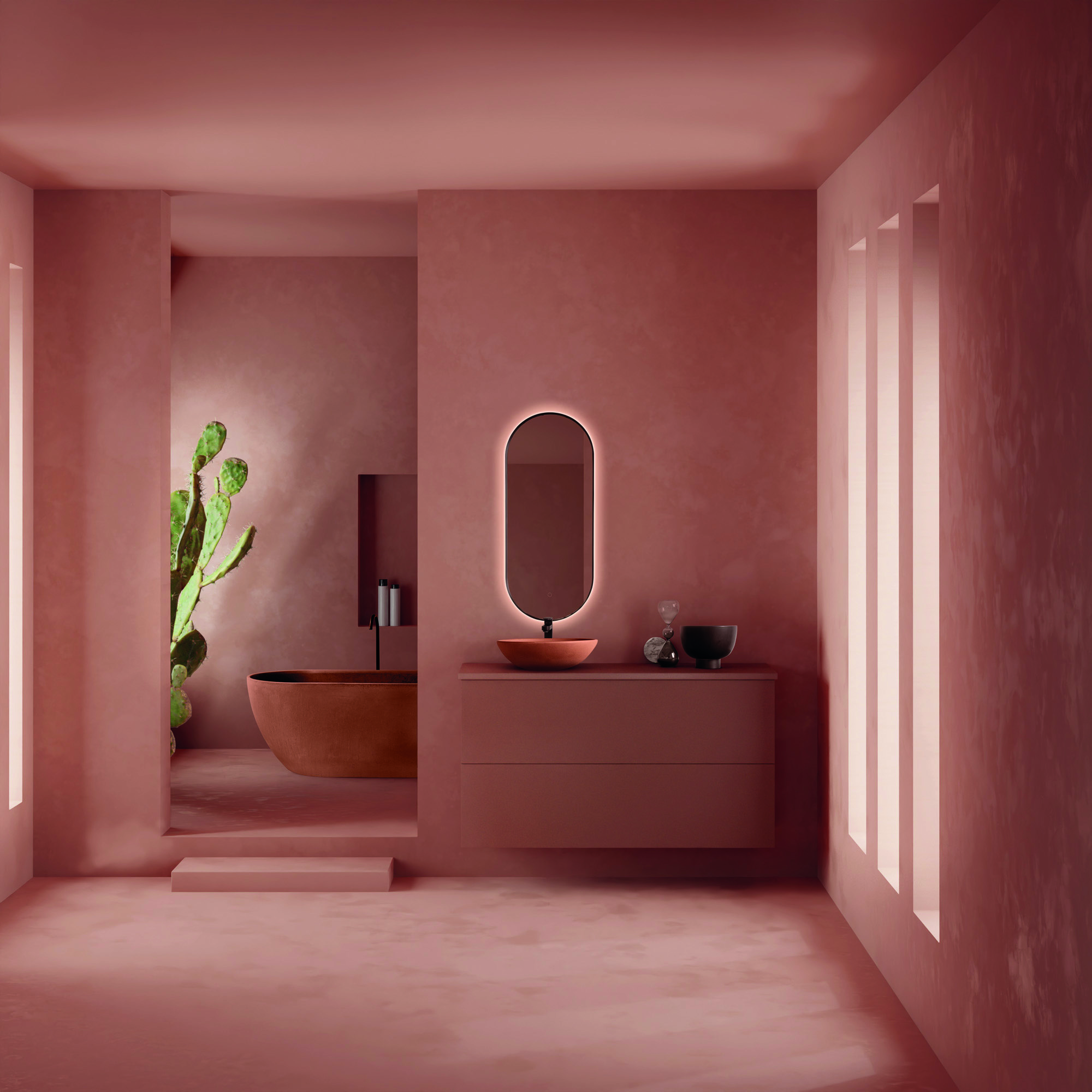
Detremmerie | Decor Terracotta
Squaring the circle
The in-thing in 2022 are freestanding angular bathtubs with a rectangular shape. They are certainly giving the oval designer bathtubs that were very popular in previous years a run for their money. One advantage is that they integrate harmoniously into the architecture of the room. As part of a fitted layout or positioned as a centre island, they give a refined style to any bathroom. Minimalist but not austere! The common denominator between all the different models is that they allow you to wallow in luxury.
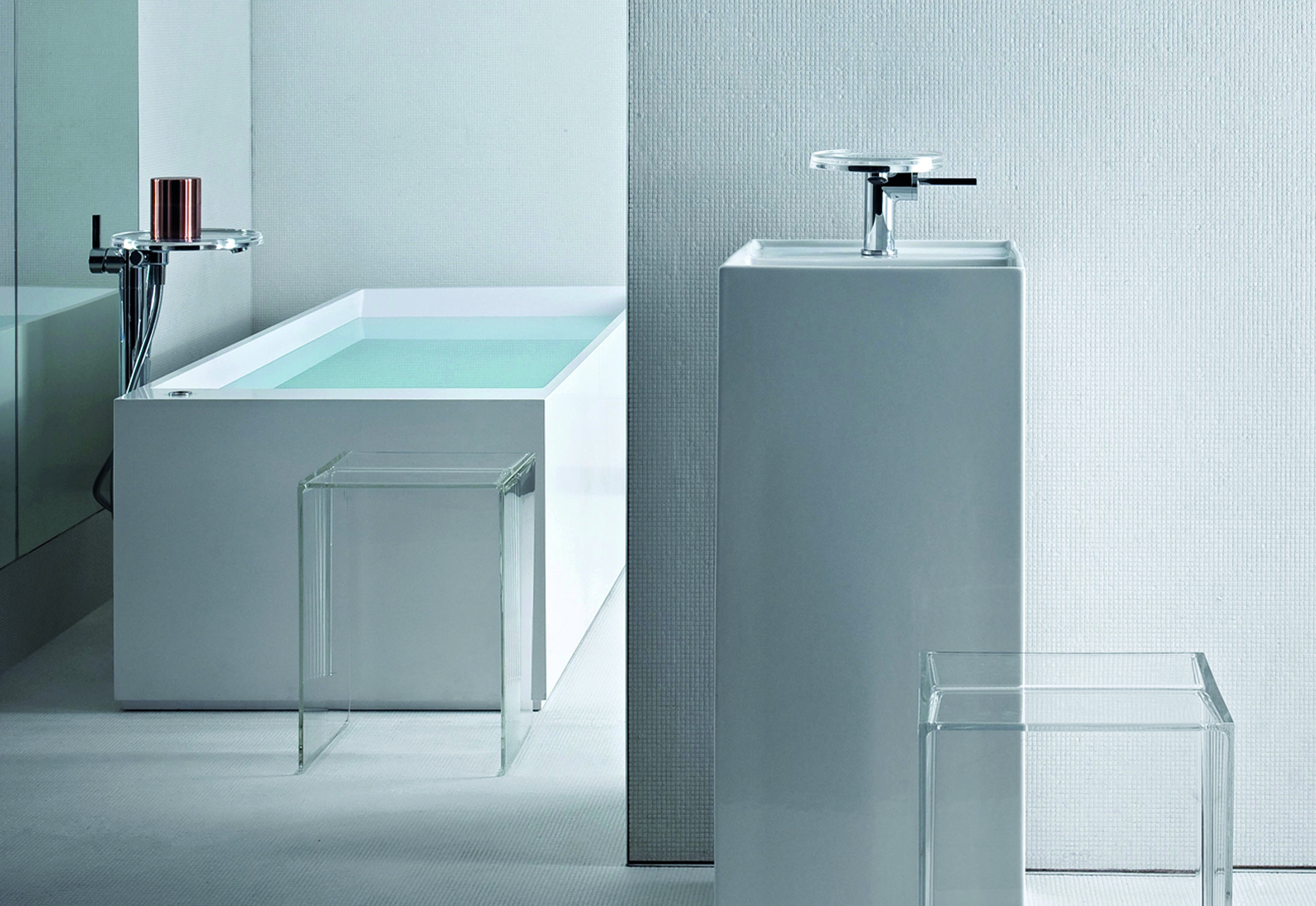
Kartell By Laufen
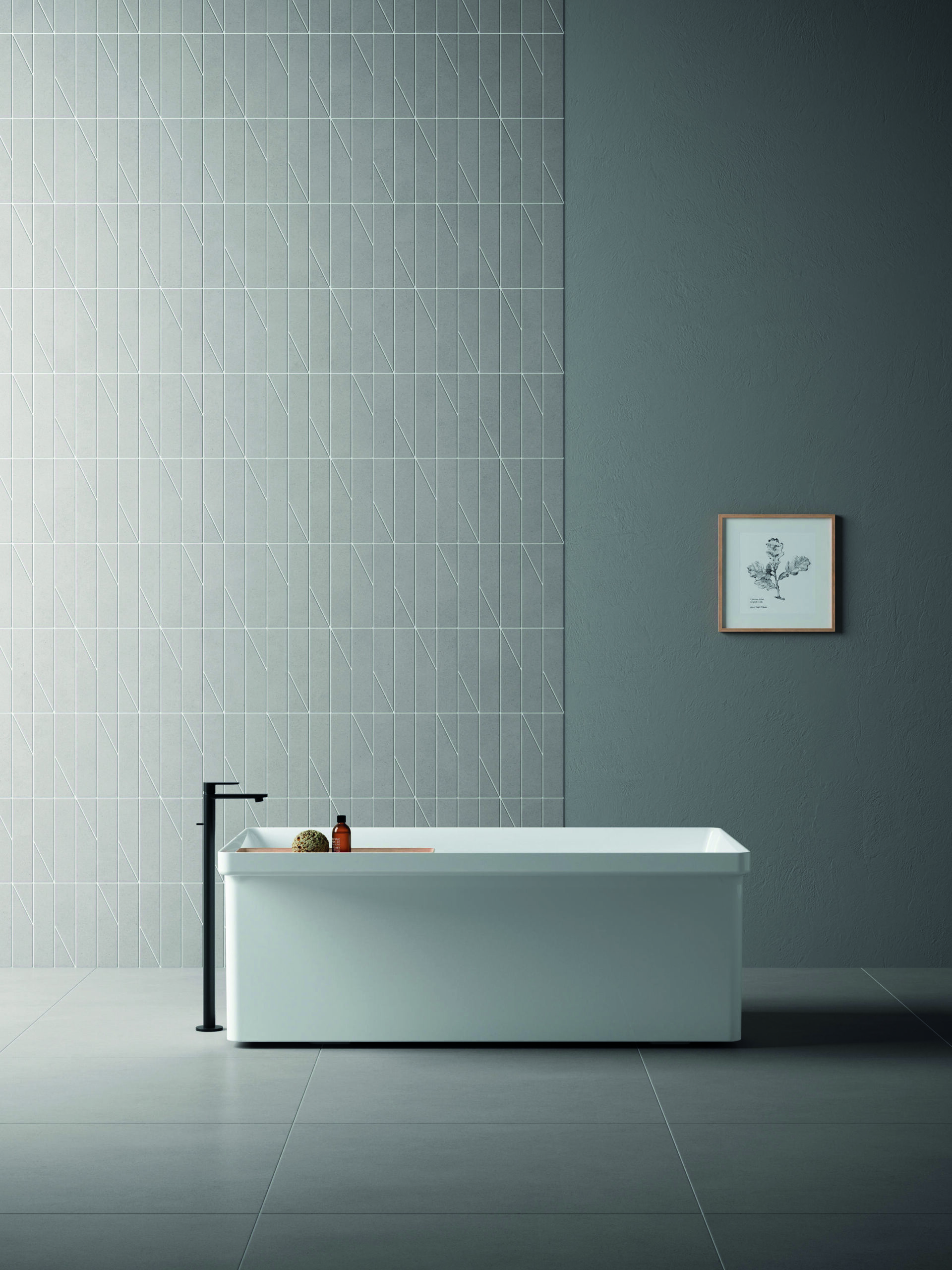
Carimar | Living Ceramics Cava Grey
Corian ‘solid surface’
In the bathroom, the trend is also shifting towards designer sanitary fittings (often designed by renowned creators such as Philippe Starck or Patricia Urquiola). Chromed or black steel, sometimes gold, they have become decorative as well as functional objects. Another material that reigns supreme is Corian. This strange synthetic material is as hard as marble, sometimes matte and milky in appearance and sometimes translucent, and is obtained from a mixture of resistant natural elements and acrylic composites. Its non-porous surface gives it an excellent resistance to abrasions and knocks. It can be incorporated into a contemporary style when combined with stainless steel or granite, or create a more classic finish when married with wood or ceramic.
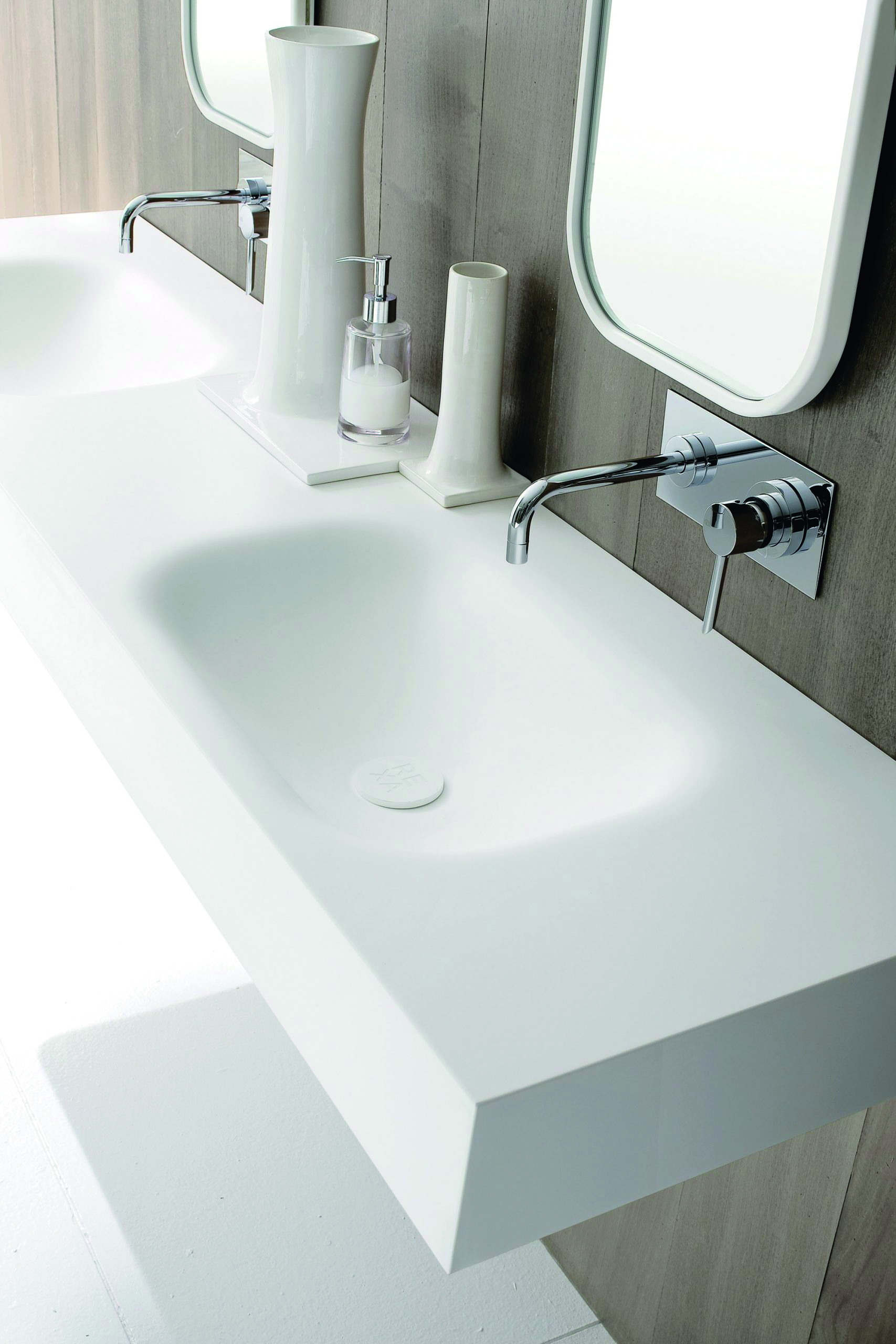
Corian
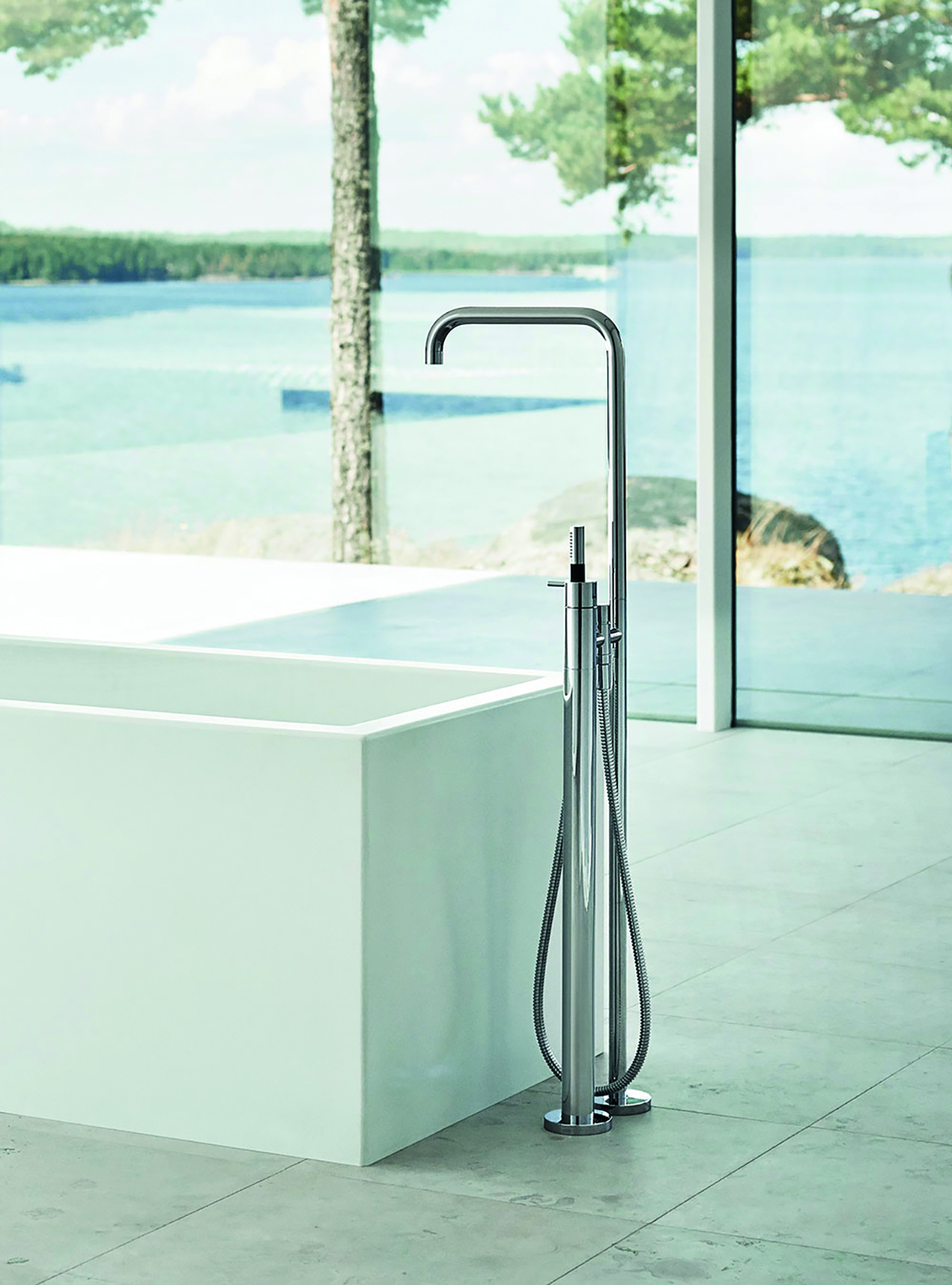
Vola | FS1 bath mixer
Shower stalls remain one of the major features of our bathrooms. More practical, more ecological and more water efficient, they take up less room than a bathtub and yet are increasingly spacious. We have a soft spot in particular for the Italian showers with ‘Niagara’ showerheads that have pared back the walls or even done away with them completely. In fact, their outsized version is becoming increasingly popular. Some designers are even taking the trend to the extreme by creating double showers, with two shower heads, two trays…and of course twice the space.
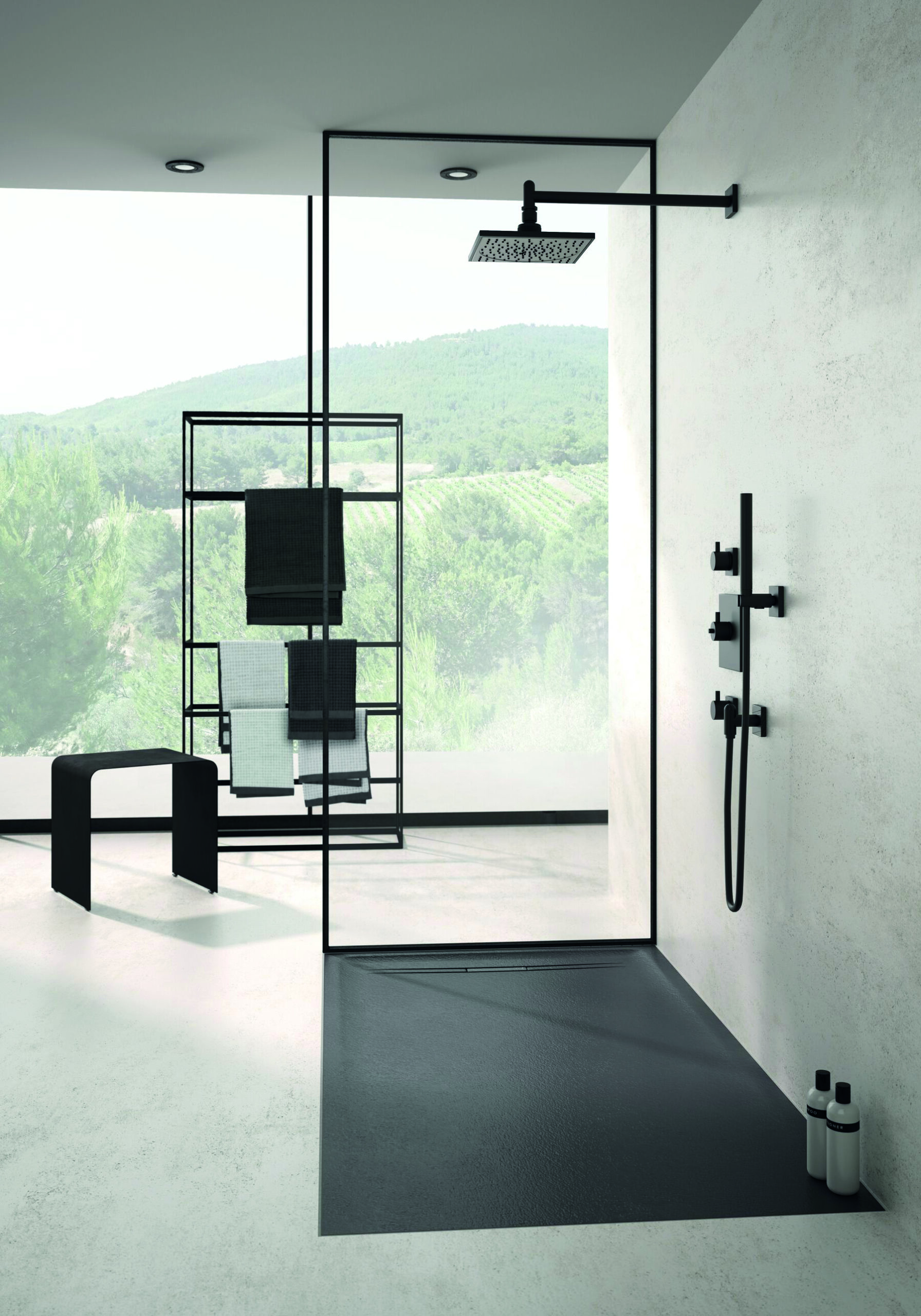
Geberit | Shower Tray Sestra
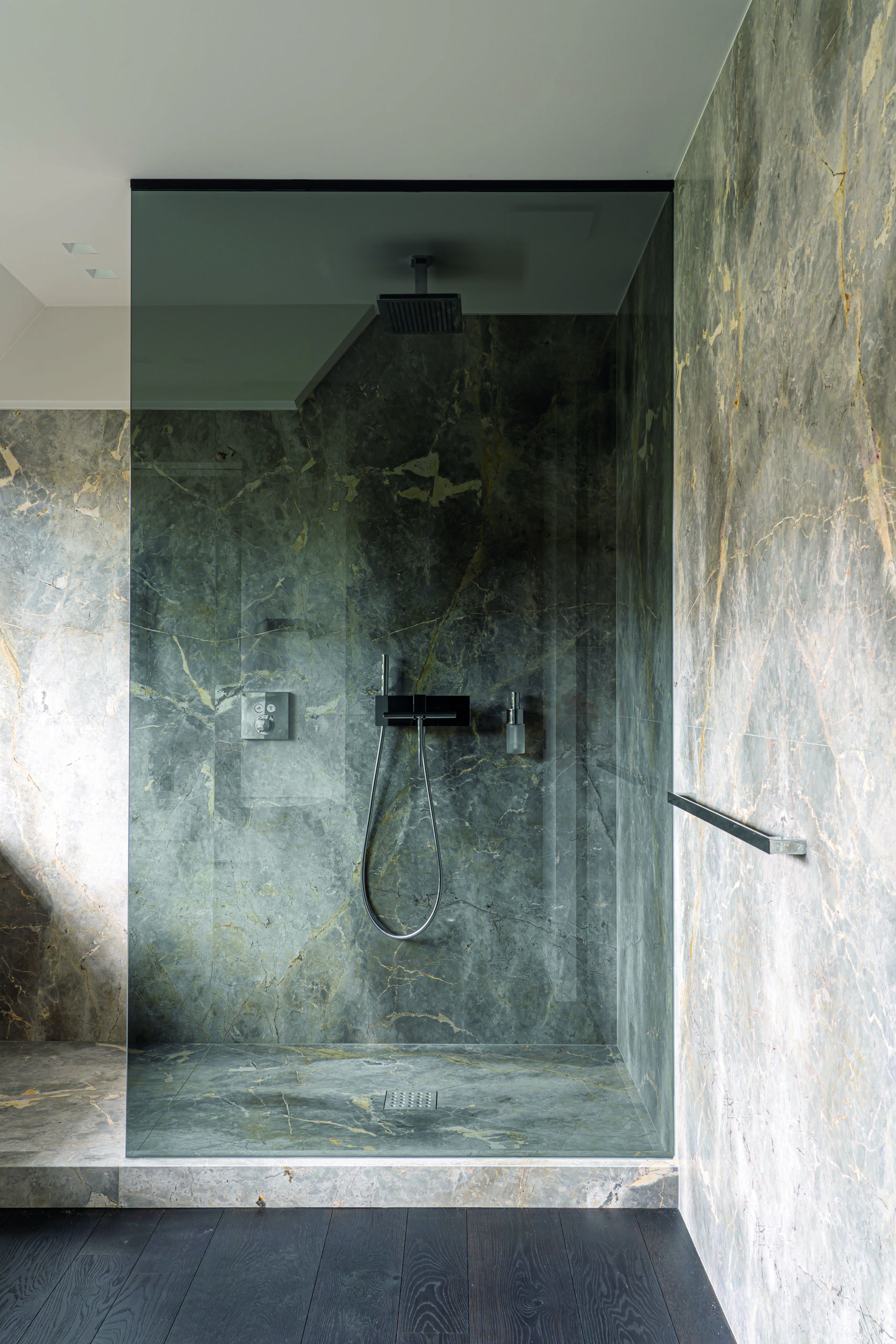
Obumex | Knokke Parklaan | Stéphanie Mathias
